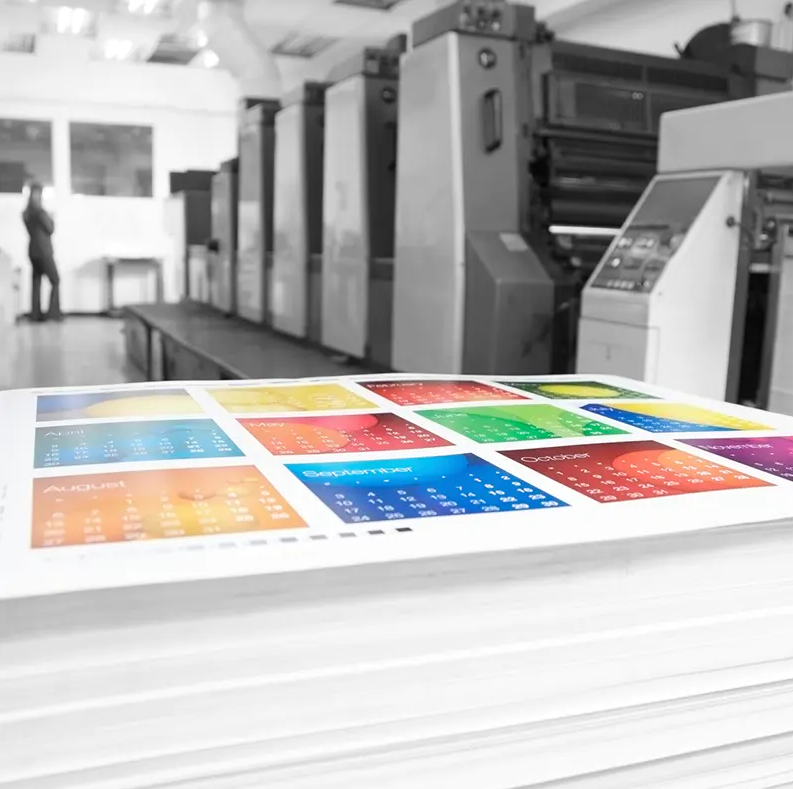
Achieving high-quality finishes with improved durability and flexibility is a continuous goal in the paper manufacturing and coating industry. Materials like SBR latex and carboxylated styrene butadiene latex are increasingly incorporated as binders in paper coatings to meet these requirements. Their unique chemical and physical properties help improve adhesion, film formation, and resistance to wear, making them valuable in this sector.
What Makes SBR Latex and Carboxylated Styrene Butadiene Latex Suitable for Paper Coatings?
SBR Latex is widely used as a binder in coatings due to its reliable film-forming capabilities, flexibility, and compatibility with pigments and fillers. It creates strong films that improve paper surface smoothness and printability.
Carboxylated styrene butadiene latex modifies standard SBR with carboxyl groups, improving water resistance, bonding strength, and durability of the coating film. This modification enables coated paper products to better resist environmental stresses and mechanical wear.

Advantages of Using Carboxylated SBR in Paper Coatings
1. Improved Film Strength and Durability
The carboxylation introduces ionic crosslinks in the latex polymer, increasing cohesion within the coating layer. This results in films that resist cracking, peeling, and abrasion better than coatings using non-carboxylated SBR. Enhanced film strength extends product life, especially for packaging and industrial papers.
2. Enhanced Adhesion to Paper Fibers
The polarity of carboxylated groups improves adhesion to cellulose fibers, resulting in coatings that bond more tightly with the paper substrate. This reduces issues such as coating delamination during handling or printing.
3. Better Resistance to Water and Humidity
Carboxylated SBR exhibits improved water resistance, helping coated paper maintain integrity in humid conditions or when exposed to moisture. This property is crucial for packaging materials and coated papers used in damp environments.
4. Compatibility with Various Pigments and Additives
These latexes can be formulated to work well with pigments, fillers, and other coating components, ensuring consistent texture, color, and finish quality.
Industry Applications Benefiting from Carboxylated SBR Coatings
Packaging paper: Improved strength and moisture resistance help protect goods and extend shelf life.
Coated printing paper: Enhanced surface smoothness and printability improve ink adherence and image clarity.
Label stock: Better adhesion prevents peeling or flaking during use or storage.
Release liners: Durable coatings resist wear from adhesive backing materials.
Manufacturing Considerations
Latex Formulation
Paper coating formulations typically include 10-30% latex solids, blending carboxylated SBR with other binders or additives for specific properties. Adjusting carboxyl content balances flexibility, toughness, and cost.
Coating Process
Control over coating viscosity, drying temperature, and film thickness is essential to achieving good performance. Carboxylated SBR latexes allow stable suspensions with less coagulation issues.
Environmental and Safety Factors
SBR and carboxylated SBR latexes are water-based and low in VOCs, aligning with stricter environmental standards in paper production.
Emerging Trends and Market Drivers
Growth in sustainable packaging: Demand for recyclable and biodegradable packaging materials encourages use of latex coatings that support durability without plasticizers or solvents.
Performance demands for specialty papers: Increased need for moisture, oil, and abrasion resistance drives adoption of advanced latex binders.
Digital printing compatibility: Latex-coated papers facilitate better ink transfer and drying characteristics, meeting digital print market growth.
By leveraging the enhanced adhesion and film integrity provided by carboxylated latex, manufacturers can meet growing performance and environmental demands while maintaining production efficiency.